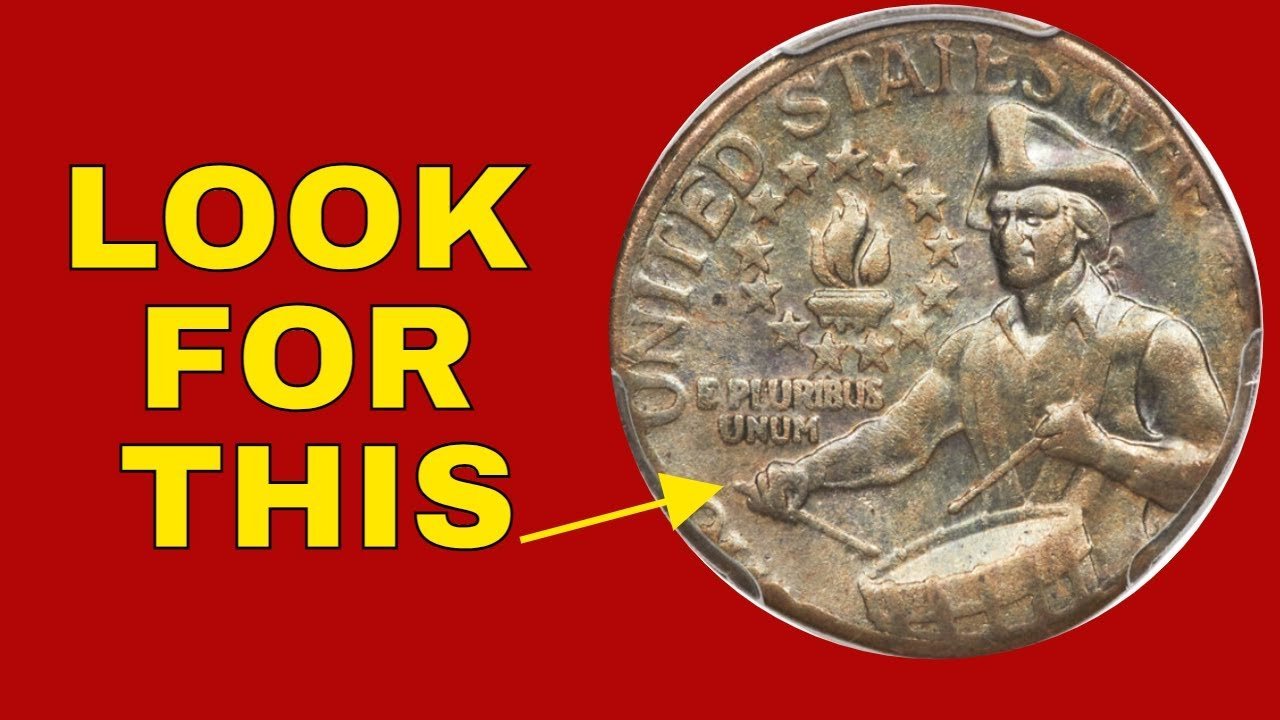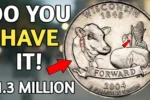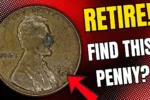The Rare: In the world of coin collecting, stories of rare finds often make headlines — but few tales are as astonishing as the one surrounding the Rare Bicentennial Quarter allegedly valued at a staggering $2.5 billion. A seemingly ordinary coin still floating in everyday circulation, this legendary piece has sparked excitement among collectors, historians, and curious citizens alike.
The Origins of the Bicentennial Quarter
In 1976, the U.S. Mint released a special edition quarter to commemorate 200 years of American independence. Unlike regular quarters, the Bicentennial Quarter features a unique reverse design: a Colonial drummer facing left with a victory torch surrounded by 13 stars. The obverse still shows the familiar bust of George Washington but bears the dual date “1776–1976.”
Millions of these quarters were minted, making them quite common. So how can one of them possibly be worth billions?
The $2.5 Billion Myth — Fact or Fiction?
According to circulating lore, a single Bicentennial Quarter was mistakenly struck on a 90% silver planchet, intended for collector proof coins, and may also include a series of minting anomalies. What sets it apart isn’t just its metallic composition but a combination of ultra-rare mint errors, including misstrikes, double dies, and possibly a missing mint mark — a combination that would make it one-of-a-kind.
While no official numismatic authority has confirmed a $2.5 billion valuation, such stories often grow from whispered rumors, collector legends, or exaggerated appraisals. That said, genuinely rare error coins have fetched hundreds of thousands, even millions, at auction — so while $2.5 billion may be an overstatement, it captures the imagination.
How to Identify a Rare Bicentennial Quarter
Though most Bicentennial Quarters are only worth 25 cents, collectors hunt for specific signs that can signal added value:
-
Silver Composition: Check for quarters minted in San Francisco (marked with an “S”). These may be 40% silver proof coins.
-
Double Die Errors: Look closely at the date or lettering for signs of doubling.
-
Off-Center Strikes: A visibly misaligned or off-center image may indicate a rare mint error.
-
Missing Mint Mark: A quarter without a mint mark can sometimes point to a rare variation.
-
Uncirculated Condition: A coin with no wear, in mint or near-mint condition, is always worth more.
What to Do If You Think You Have One
If you believe you’ve found a rare Bicentennial Quarter, do not clean or alter it. Instead:
-
Store it safely in a protective case or holder.
-
Consult a professional numismatist or certified coin grading service.
-
Research auction records to compare similar coins.
-
Avoid scams — no legitimate coin is valued at $2.5 billion without proper certification and provenance.
Final Thoughts
While it’s unlikely that a Bicentennial Quarter is truly worth $2.5 billion, the story symbolizes the thrill of treasure hunting hidden in plain sight. For collectors, even the idea that such a coin could exist is enough to inspire daily change-checking and a passion for numismatics.
So next time you receive a handful of quarters — take a closer look. You just might be holding a piece of American history… or maybe, just maybe, the next great coin discovery.
FAQs: The Rare Bicentennial Quarter Valued at $2.5 Billion, Still in Circulation
1. Why is the Bicentennial Quarter said to be worth $2.5 billion?
The rumored $2.5 billion value comes from a legendary version of the 1976 Bicentennial Quarter believed to have ultra-rare minting errors, silver composition, and possibly one-of-a-kind historical significance. While the exact coin has never been verified, the story fuels fascination among collectors.
2. What features make a Bicentennial Quarter valuable?
Key features include errors like double die strikes, off-center images, missing mint marks, or being struck on a silver planchet. Proof versions from the San Francisco Mint (marked “S”) are more desirable, especially if uncirculated.
3. How can I tell if my Bicentennial Quarter is rare?
Examine it closely for minting errors, unusual coloring (silver vs. clad), and pristine condition. For expert confirmation, have it appraised by a professional coin grader or numismatist.




